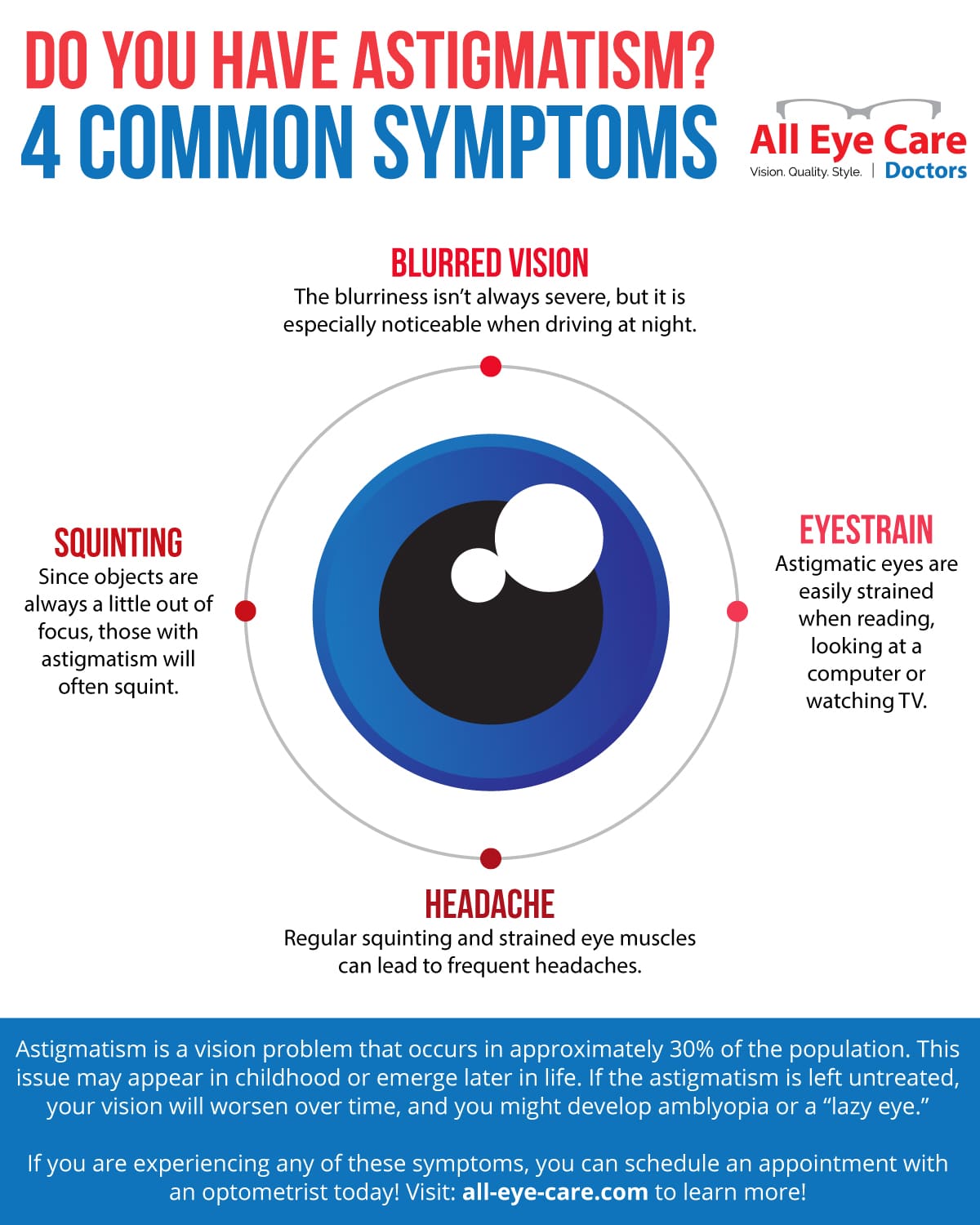A Review Of Typical Cataract Surgical Treatment Versus Laser-Assisted Techniques: Advantages And Negative Aspects
A Review Of Typical Cataract Surgical Treatment Versus Laser-Assisted Techniques: Advantages And Negative Aspects
Blog Article
Composed By-McGraw Bach
When considering the option in between standard cataract surgical procedure and laser-assisted techniques, you may find yourself weighing the benefits and downsides each approach provides. The choice surpasses the surface area level of cost and precision, diving into the realm of long-lasting end results and client complete satisfaction. As you navigate via the intricacies of these two strategies, it ends up being important to understand the nuanced details that can significantly affect your aesthetic quality and overall experience. Stay tuned to discover the critical variables that will assist your decision-making procedure in this vital aspect of eye care.
Typical Cataract Surgery Pros and Cons
When considering standard cataract surgical treatment, you might discover that it's a well-established and widely-used strategy. In this treatment, a specialist makes a little cut in the eye and makes use of ultrasound to break up the over cast lens prior to removing it. As soon as the cataract is removed, an artificial lens is placed to restore clear vision.
One of the major benefits of traditional cataract surgical procedure is its performance history of success. Numerous patients have had their vision significantly improved with this procedure. In addition, conventional surgical procedure is typically covered by insurance policy, making it a more available choice for numerous individuals.
Nonetheless, there are some downsides to standard cataract surgical treatment also. Healing time can be much longer contrasted to more recent methods, and there's a somewhat higher danger of problems such as infection or swelling. Some people may also experience astigmatism or call for reading glasses post-surgery.
Laser-Assisted Techniques Benefits And Drawbacks
Discovering laser-assisted methods for cataract surgical treatment reveals a modern-day method that makes use of laser technology to carry out vital steps in the treatment. your domain name of the primary advantages of laser-assisted cataract surgical procedure is its precision. The laser permits extremely accurate incisions, which can bring about better aesthetic end results. Additionally, the use of lasers can lower the quantity of ultrasound energy needed throughout the surgical treatment, possibly decreasing the threat of issues such as corneal damage.
On the drawback, laser-assisted techniques can be extra pricey compared to conventional methods. This cost mightn't be covered by insurance coverage, making it less available to some individuals.
An additional factor to consider is that not all cataract specialists are trained in laser technology, which can restrict your alternatives for picking a surgeon.
Finally, while the laser can automate specific facets of the treatment, the surgical procedure still requires a proficient surgeon to make sure effective results.
Comparative Evaluation of Both Approaches
For a thorough understanding of cataract surgery methods, it's important to perform a comparative analysis of both typical and laser-assisted techniques.
Standard cataract surgery involves hands-on cuts and using portable devices to separate and get rid of the cloudy lens.
On the other hand, laser-assisted cataract surgical treatment makes use of advanced technology to produce accurate incisions and separate the cataract with laser power before removing it.
In terms of precision, laser-assisted techniques offer a greater degree of accuracy contrasted to traditional methods. Using lasers allows for modification of the treatment based upon each client's eye anatomy, possibly leading to far better aesthetic end results.
However, laser-assisted cataract surgical treatment has a tendency to be much more expensive than conventional surgical treatment, which may limit accessibility for some clients.
While both methods are effective in recovering vision damaged by cataracts, the selection in between traditional and laser-assisted techniques often depends on aspects such as expense, precision, and specific person demands.
Consulting with your ophthalmologist can help establish the most suitable approach for your cataract surgical procedure.
Conclusion
Finally, when determining between conventional cataract surgical procedure and laser-assisted methods, take into consideration factors like price, accuracy, and individual demands. Traditional surgical procedure offers a tried and tested performance history and insurance protection but may feature longer recuperation times. Laser-assisted methods supply greater precision and modification yet can be much more pricey and not always covered by insurance policy. Ultimately, after cataract surgery cloudy vision in between both methods depends on what is most important to you and your certain situation.
